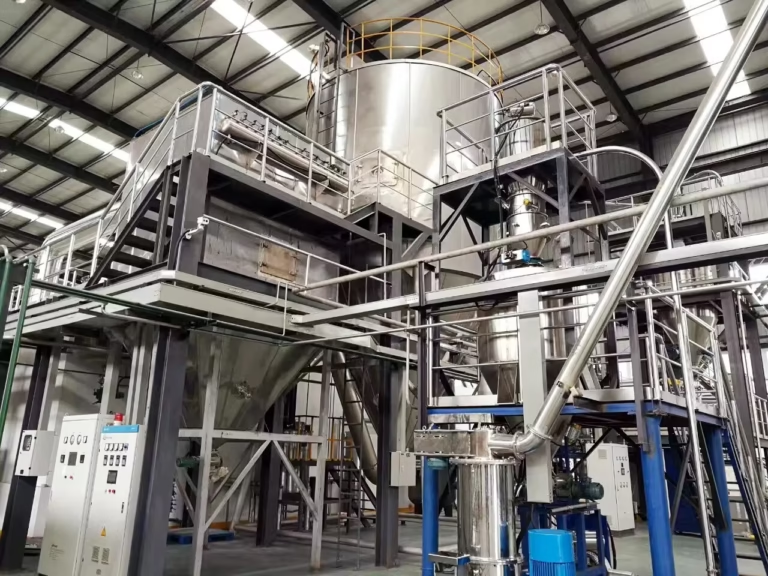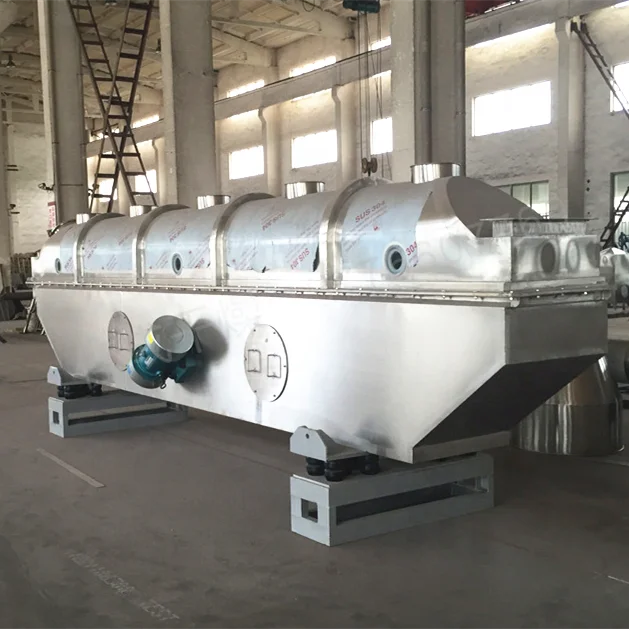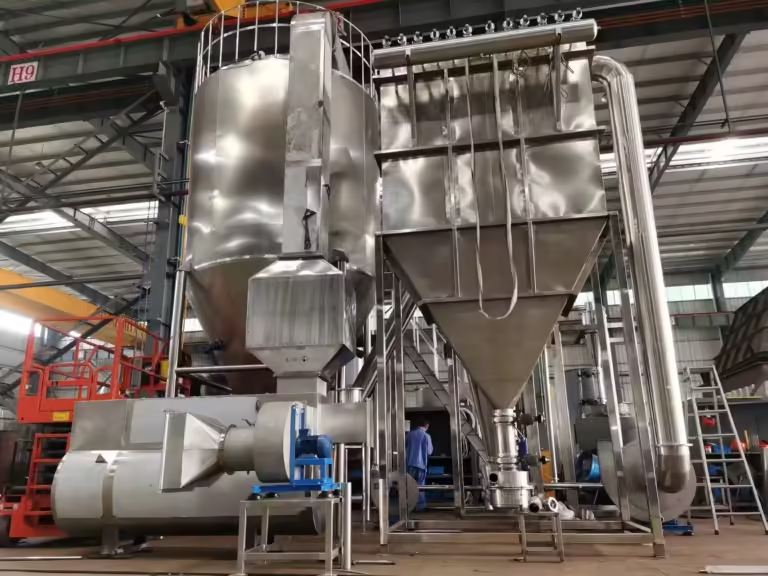Понимание распылительной сушки в пищевой промышленности
Распылительная сушка в пищевой промышленности
Food products undergo various processes to ensure they meet high-quality standards for consumption. To maintain usability during long-distance transport, some foods are preserved by changing their properties, such as converting from liquid to solid. One significant method used for this purpose is spray drying, which ensures consistent quality across products.
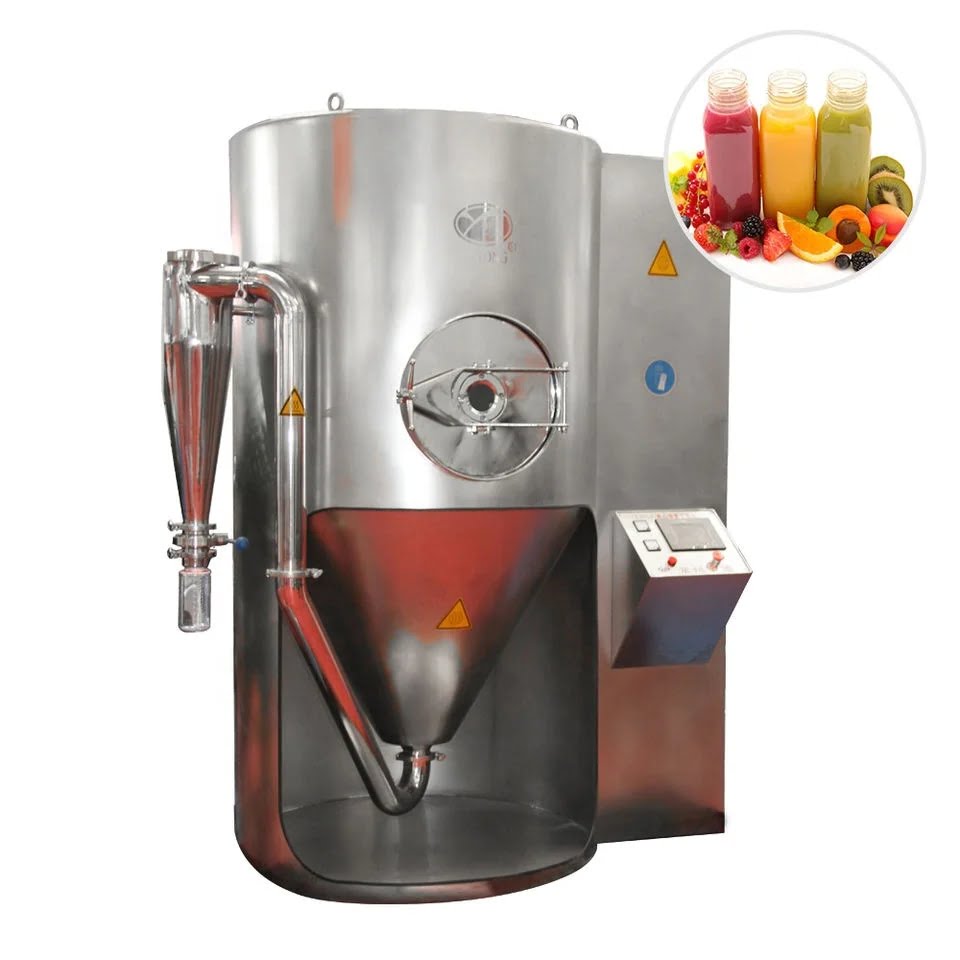
The Spray Drying Technique: Key Processes and Parameters
Spray drying involves three main steps: atomization, сушка, and recovery. This technique converts a liquid, semi-liquid, or soft product into a powder using specialized equipment called a spray dryer. The system includes a liquid injection mechanism with nozzles, a spray drying chamber, a drum or cyclone collector, and a heated air system using compressed gas.
Atomization Process
Atomization begins with the liquid passing through the injection system and nozzles into the chamber. Nozzles break down the liquid into droplets ranging from 10 к 500 микрометры, with an average size between 100 и 200 микрометры. Commonly used nozzles include high-pressure single-fluid nozzles and two-fluid nozzles, which may also include rotary disks or high-swirl designs.
Single-fluid nozzles inject the liquid directly, while two-fluid nozzles utilize an additional stream of compressed gas to assist in drying. The goal is to produce the smallest possible droplets, reducing the heat required to turn the liquid into a solid.

Процесс сушки
The drying phase depends on the type of spray drying system, chamber design, and nozzles. It typically involves single-effect or multiple-effect drying processes, both of which remove moisture to form fine dust particles.
In single-effect drying, a heat source at the top of the chamber flows in the same direction as the sprayed liquid. Multiple-effect drying incorporates additional heating elements, such as a static bed at the bottom, which helps to form powder particles between 100 к 300 микрометры. Compressed gas warms the air, targeting the liquid injection and promoting rapid, even drying without excessive heat that could damage the product.
Recovery Process
Once the liquid is transformed into a solid, the fine powder is collected using drums, cyclones, or bag filters. The particles are then inspected for quality control before packaging and transportation.
Applications of Spray Drying in the Пищевая промышленность
Spray drying is widely used to convert liquids into solids, which can later be reconstituted with liquids like water, молоко, or oil. Foods that often use this method include powdered gravy, сырные соусы, instant pudding, soup mixes, сухое молоко, drink mixes, flavorings, and powdered eggs.
Many products, such as gravies and sauces, return to a liquid state to complete a dish. Other powdered items, like drink mixes and cheese powders, are used as flavorings or coatings. Some are complete meals requiring only a liquid to transform them, such as instant puddings needing milk or dry soups that rehydrate with water.
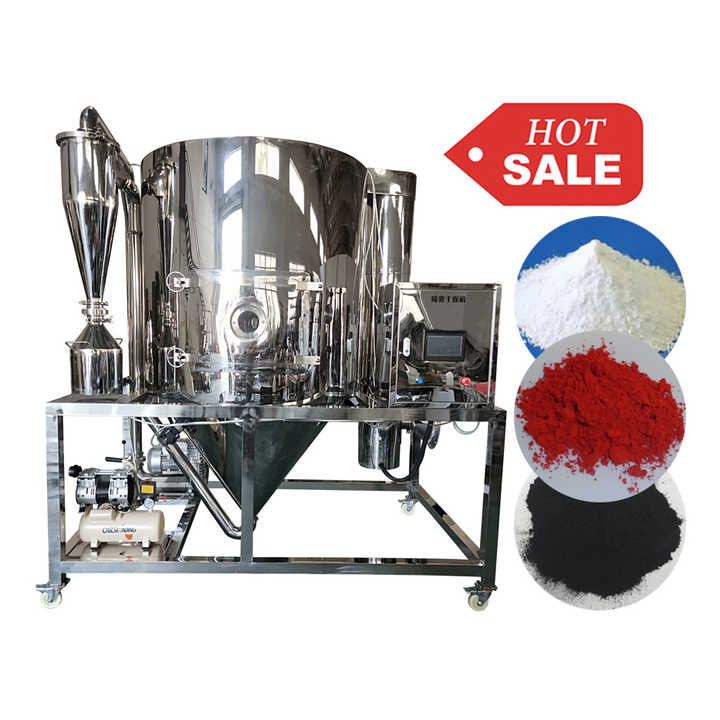
Principles of Spray Drying for Food Preservation
Spray drying preserves food during transport, preventing spoilage from mold or mildew by removing moisture and ensuring a stable product quality. This method also extends the shelf life of food by making it stable at room temperature, which is crucial when transporting products over long distances.
By transforming food into a powder form, spray drying eliminates the need for refrigeration, thereby extending the storage time. When the powdered food reaches the consumer, it can be reconstituted back to its original liquid form.
Spray drying remains a critical process for food preservation and transport, allowing for longer shelf life and maintaining product integrity across various food items.


